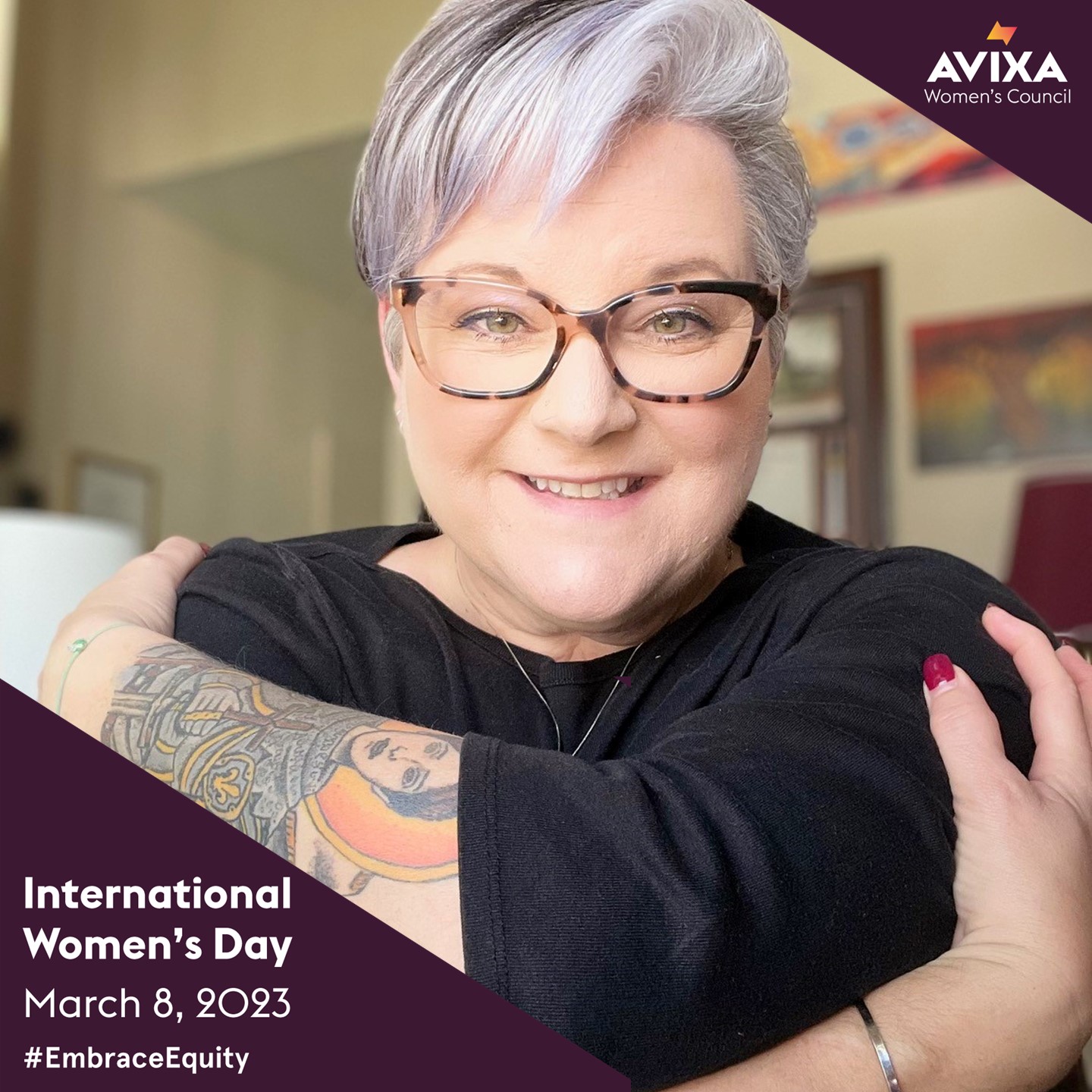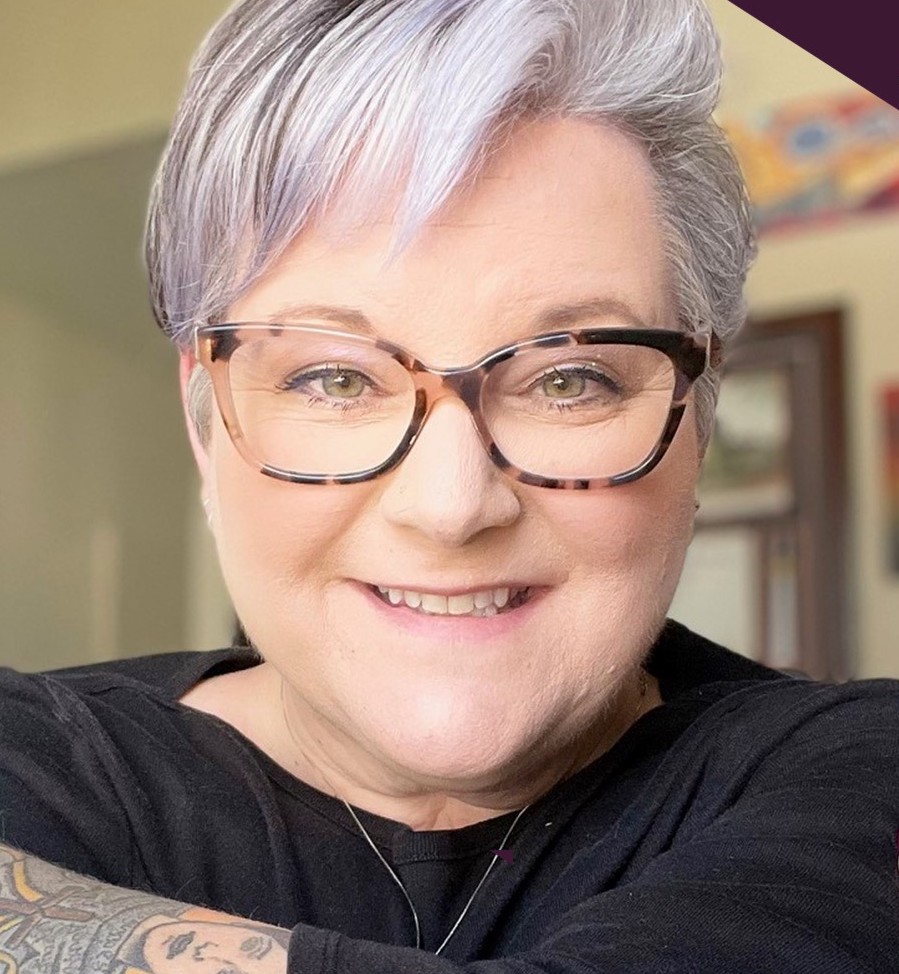Nearly twenty-five years ago, like most women I know, I fell into the AV industry. I knew very little about technology and chose the job simply because it was the highest-paying job I could find at the time. I worked my way through various roles—admin, marketing, inside sales, territory sales, business development—pretty much anything sales and marketing related I could get my hands on.
When I started, there was no talk of diversity, equity, or inclusion in the workplace. Forget about equal pay and all that “fair” stuff. There were many times my male counterparts received better pay for equal work (once I had an HR manager send me someone else’s offer letter by accident confirming my suspicions) and I was passed over for positions offered to men who did not have the experience I had. When I looked around the boardroom or office, there were very few women, let alone women in executive roles. It left me a bit frustrated and uninspired, wondering what I was doing in this industry. I lacked role models and mentors to get me where I want to be in my career.
I am thrilled to chair an organization [AVIXA Women’s Council] that helped me succeed so that I may return the favor to so many other women in the AV industry."
Tammy Fuqua
Sometime later I learned of this women’s group that was meeting and I was encouraged to attend one of the meetings. To see a room full of women all “in the industry” was incredibly encouraging for me. From that moment, I was all in! I attended AVIXA Women’s Council meetings regularly and became friends with the regulars that came to the meetings. I learned so much about myself and grew, both personally and professionally.
At the meetings we tackled topics like unconscious bias, DEI in the workplace, and anti-harassment. We also had workshops on boosting our social media profiles and tips on how to negotiate salaries. These were topics I had never heard before. But one of the things I learned which truly shocked me was just how few women there were in the AV Industry—14 percent. That number still rings in my head, only 14%. An article released at the end of last year by Peter Hansen and Joé Lloyd with AVIXA, Pro AV: Are Women Fully Welcome?, puts the number even lower at only 13%. Another source in the article cites the numbers at a staggering 11% for the US and only a mere 6% for the rest of the world.
Numbers like these have become less shocking the longer I am in the industry and co-chair to the council. Fortunately, it is not all doom and gloom. Quite frequently I am asked the question, “How do I hire more women for my available roles?” I answer with things I have learned in my countless conversations about DEI, “Does your job description speak to women?” If your outdated job description includes verbiage like ‘must be able to lift 50 pounds’, you may not attract female applicants. Another question I ask, “Where are you advertising your job openings?” Using a network of women, like members of the AVIXA Women’s Council, could help find a female applicant. The desire to hire women is there. Try thinking outside of that old box and into new, innovative ideas.
The other thing I think the industry still struggles with, is promoting women to more senior roles. I once worked a job where there were many women at the company. While that is all well and good, I did not see one woman in a role above director. Mind you, this was a large company, and I believed the expectation was there to see a woman in a more advanced role. This was difficult for me at a time as I was looking for female role models in the industry. Change is slow but happening. I now work for a company, QSC/Q-SYS, where the landscape is different. Three of the seven VPs, or Forty percent, are women. While this is certainly not the norm in an industry lacking in female representation, it provides me hope that this can be achievable at other organizations, but there must be a desire by these other organizations to accomplish this goal.
One other very important aspect in all this is mentorship. The AVIXA Women’s Council, and organizations like this, intentionally (by providing mentorship programs), or unintentionally (by gathering a group of women in one centrally located meeting), are a place for women to find mentors and provide mentorship. Seven years ago, when I attended my first AVIXA Women’s Council meeting, I did not know I was meeting women that would shape my career. I can wholeheartedly say that I would not be where I am today in my career without this mentorship. I learned skills and developed a network of like-minded women that propelled my career. Today, I am thrilled to chair an organization that helped me succeed so that I may return the favor to so many other women in the AV industry. On this International Women’s Day, I celebrate all the women, and men who support us, on the journey. Are we there yet, no. But I believe in a future where women are a higher representation of the industry. We do this by continuing the conversations to affect the change we want to see in the AV industry.

